Welcome back to another edition of Concealed Carry Corner. Last week, we took a look at various ways to carry while using an ORV. If you happened to miss that article and want to check it out, be sure to click the link here. This week, I wanted to take a look at various iron sight options for people who carry concealed. Depending on the sight choice, it can offer various advantages compared to other options. Let’s take a closer look at iron sights for carry guns.
Concealed Carry Corner @ TFB:
- Concealed Carry Corner: Smaller Guns Aren’t Always Better
- Concealed Carry Corner: Classy Carry Guns For Christmas
- Concealed Carry Corner: Gift Ideas For Concealed Carry
- Concealed Carry Corner: The Good and Bad of Winter Carry
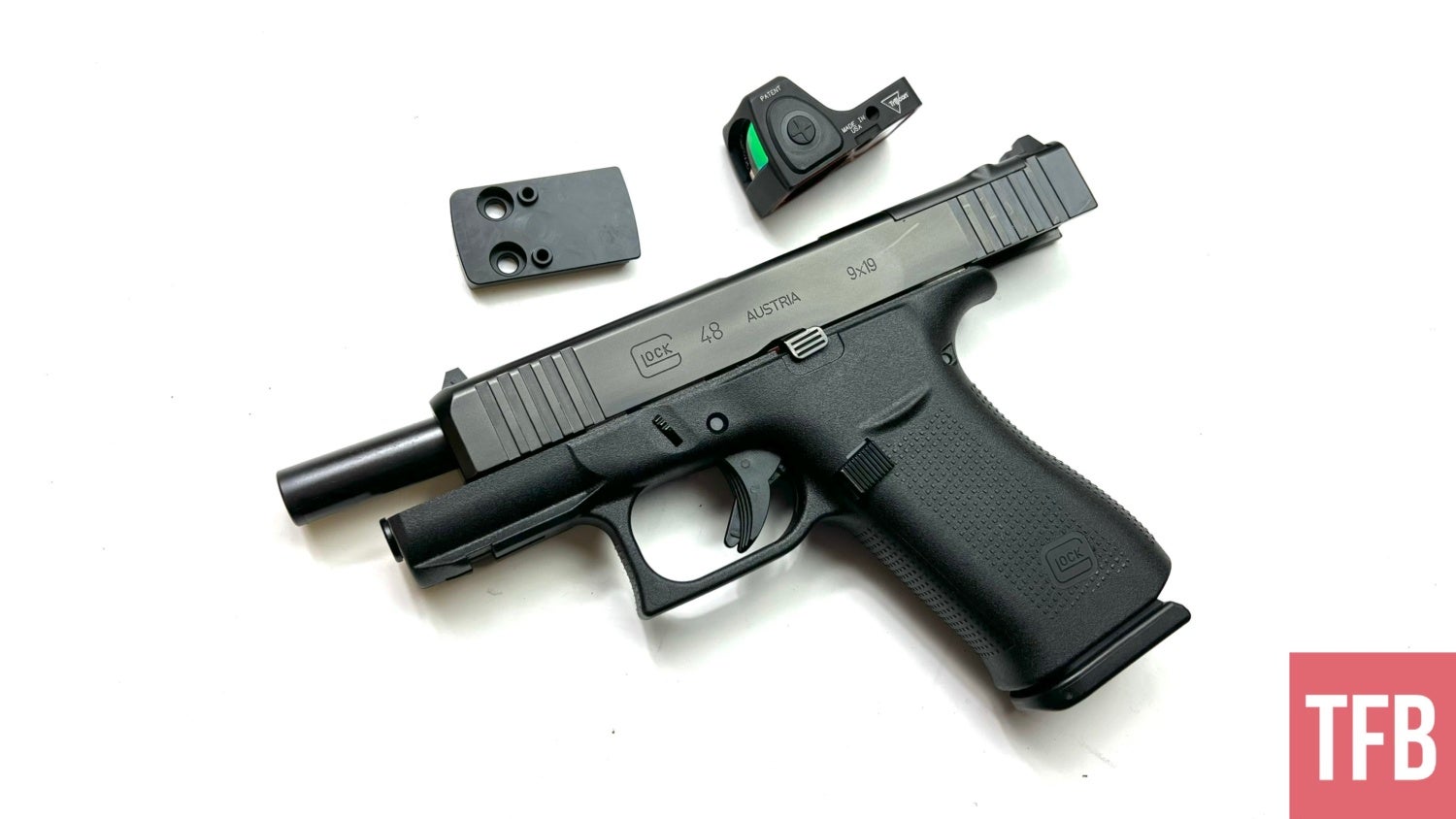
Factory Sights
One of the most common and easiest types of iron sights is the factory-supplied sights. These can come in various configurations – either three dots, fiber optic front, or the U-shaped dot design from Glock. The factory sights are certainly the most cost-effective option since they are included in the price of the handgun right out of the gate. The Glock factory sights are rather different than other models with the U dot setup but offer a clear contrast for easy sight acquisition.
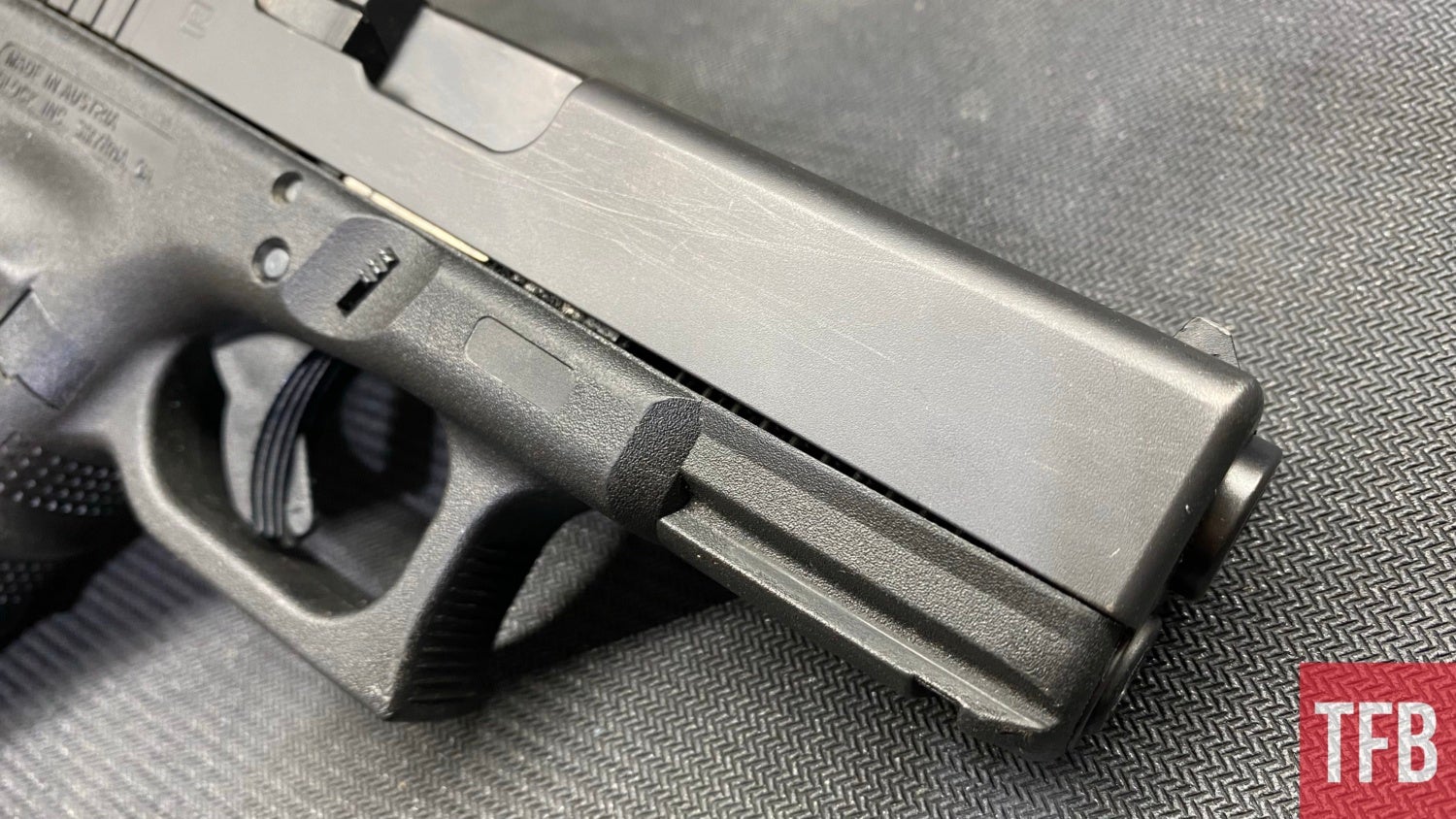
If you’re looking to learn how to acquire sights with both eyes open, the Glock-style iron sights are easier to pick up. If you have something like a MOS optics cut on the pistol slide, keeping the factory sights is more than enough if there’s a red dot on your carry handgun. Although it’s rather popular to switch out the factory sights for other options in most cases, the factory iron sights are perfectly capable and good enough for a lifetime of use. If you’re on the fence about switching out your factory sights, I would keep them on your carry gun and give them a shot for a bit before switching over to a set of aftermarket sights because the factory sights may be exactly what you need.
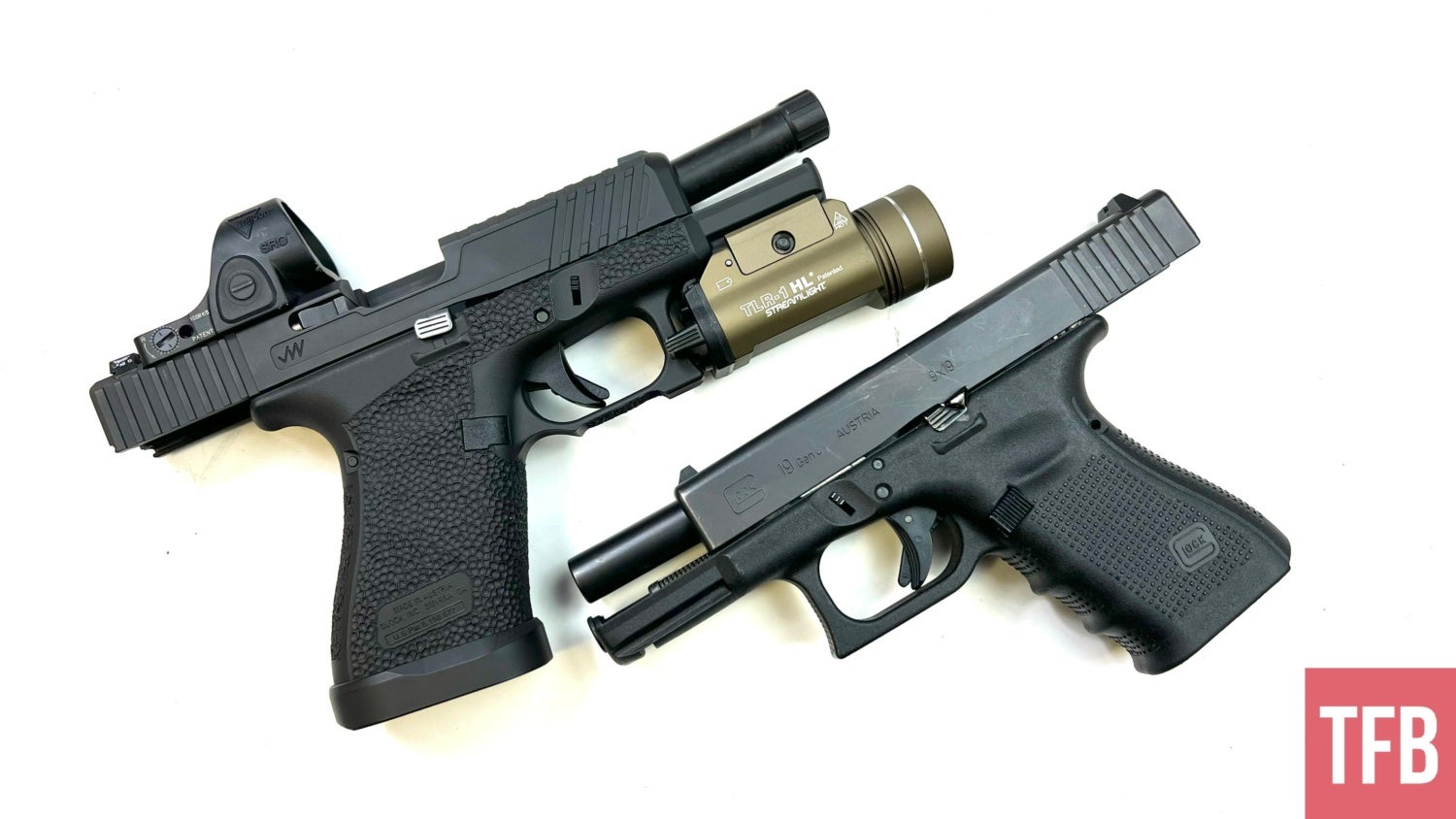
Fiber Optic Sights
Fiber optic sights are an interesting choice for carrying concealed on a daily basis. They are by far the least durable system but offer a number of unique advantages over the other styles of iron sights. During the day, the fiber optic sights are one of the brightest and easiest to see offering a high-contrast sight picture. The general understanding is that fiber optic sights are a poor choice for home defense or carrying at night since you can’t see them at all. This is the case if you have no weapon light but if you happen to have a light attached to your carry gun, it’s one of the best iron sight options.

The light will immediately illuminate the fiber optic front sight and give you a sight picture as clear as day at night time. It’s one of those tricks that aren’t talked about but truly useful if you’re someone who likes to carry a weapon-mounted light on their gun. The worst thing about fiber optic sights is the fact the fiber optic front sight is prone to breaking with use and everyday wear and tear. The most important part to keep in mind if you decide to go with fiber optic sights is to check and make sure your fiber optic is intact. It’s not the end of the world if the front sight post breaks, all you have to do is cut a new fiber optic piece and melt the end to solidify in the front sight.
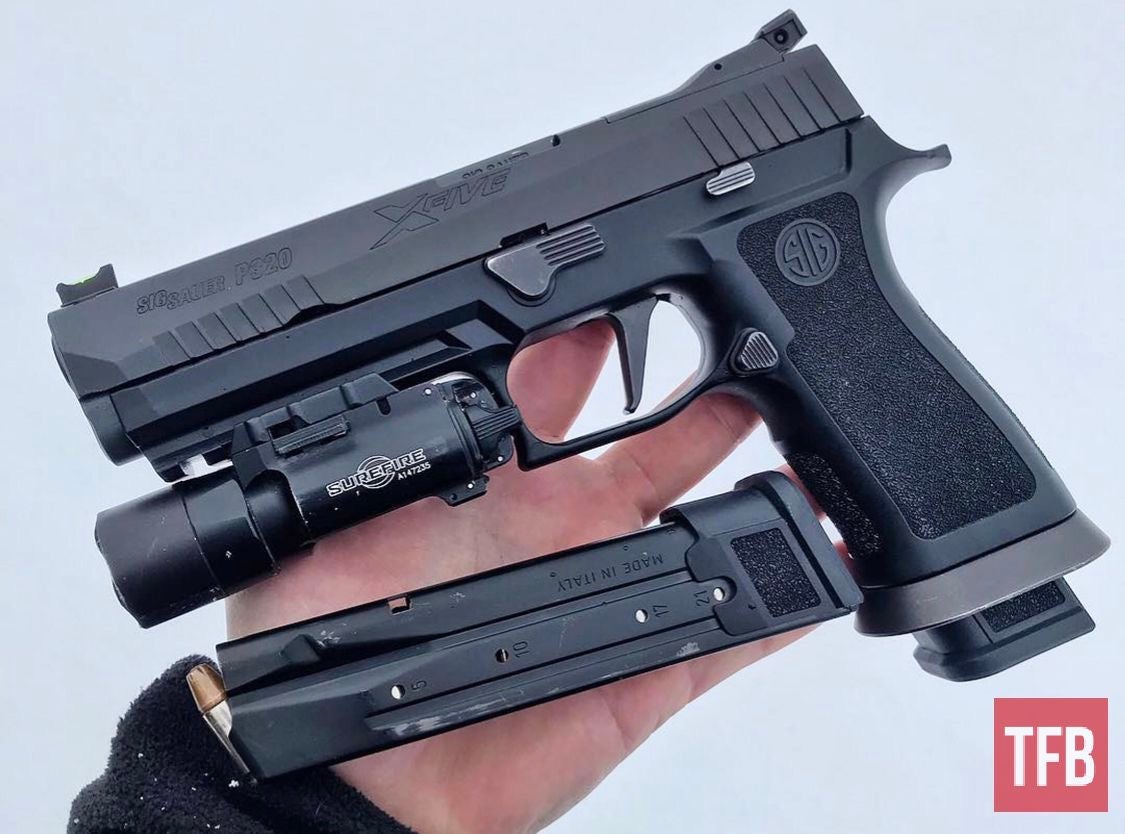
Tritium Night Sights
One of the most well-known sight upgrades for carry guns is a set of tritium night sights. These sights have a greenish glow at night time similar to a glow-in-the-dark product but they are constantly glowing at night time. The glowing comes from a radioactive material inside the sight that is able to constantly glow for years and years. If you’re someone who wants to switch out sights but not have a weapon light these are a great option. Tritium sights also work extremely well with a weapon-mounted light since the tritium can’t be seen and your iron sights turn essentially into blacked-out iron sights.
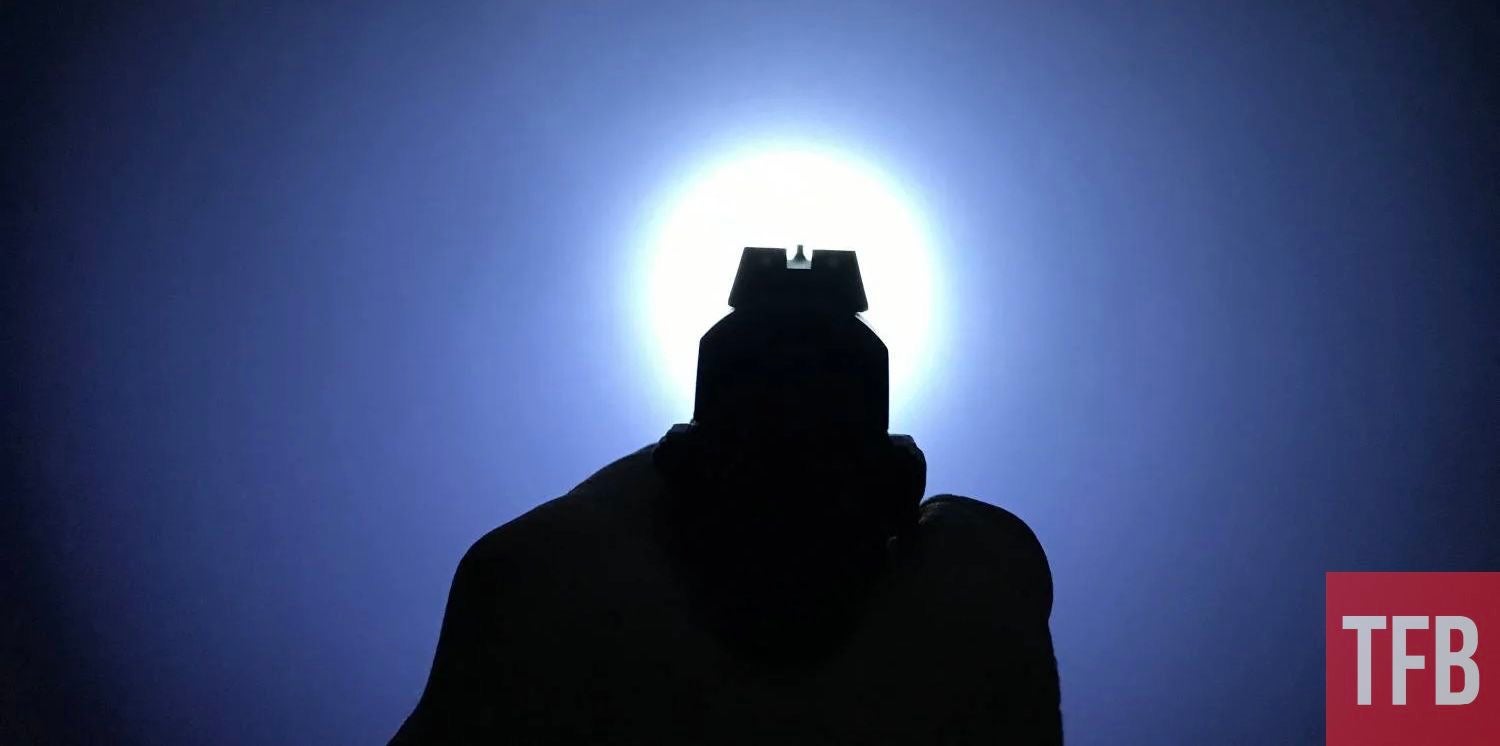
It’s great for having a low-light solution where you can see your sights with no light source from your sights. Tritium sights give a fantastic reference point and by adding a weapon light you have a very fast system for low-light or no-light situations. Out of all options probably my favorite would be the tritium option just by the fact they are incredibly durable and offer a number of benefits without the drawbacks like fiber optic sights. The biggest downside to tritium sights is their overall cost and they tend to burn out every 15-20 years depending on the manufacturer.

Overall Thoughts
There are several options for carry guns depending on the make and model, but these three are the most popular variations of iron sights on the market. Everyone will have their own preferences but each option has its advantages compared to others and based on what your personal needs are, one of these options may be better than others. Let me know what your favorite type of iron sights are in the comments below. If you have questions about iron sights or firearms in general, feel free to shoot me a message on Instagram @fridgeoperator. Stay safe out there and I will see you next week for another edition of Concealed Carry Corner.

TFB’s Concealed Carry Corner is brought to you by GLOCK
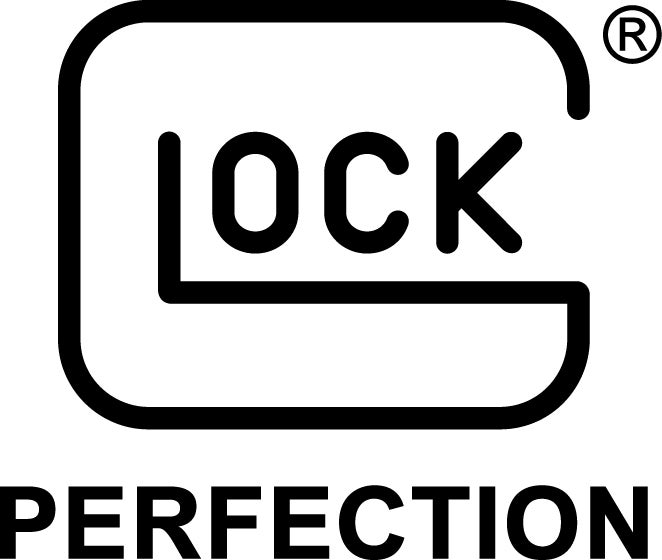
 Your Privacy Choices
Your Privacy Choices
